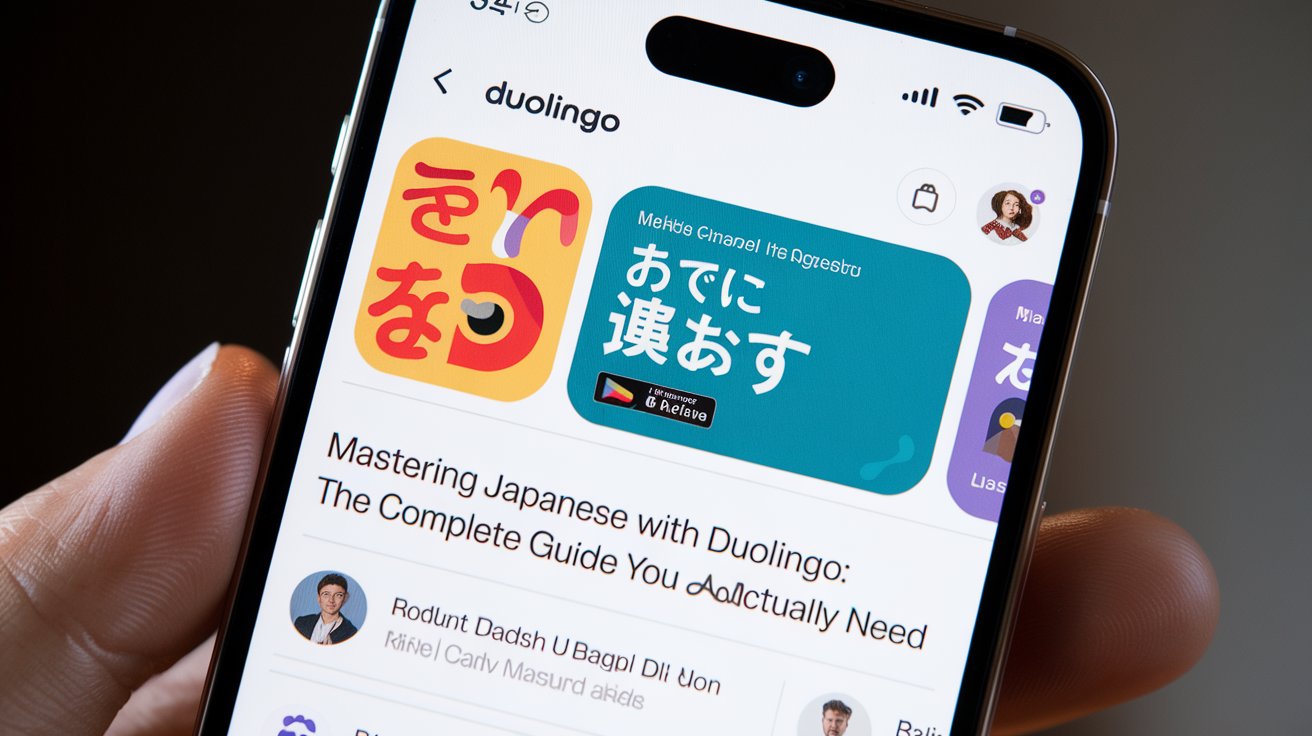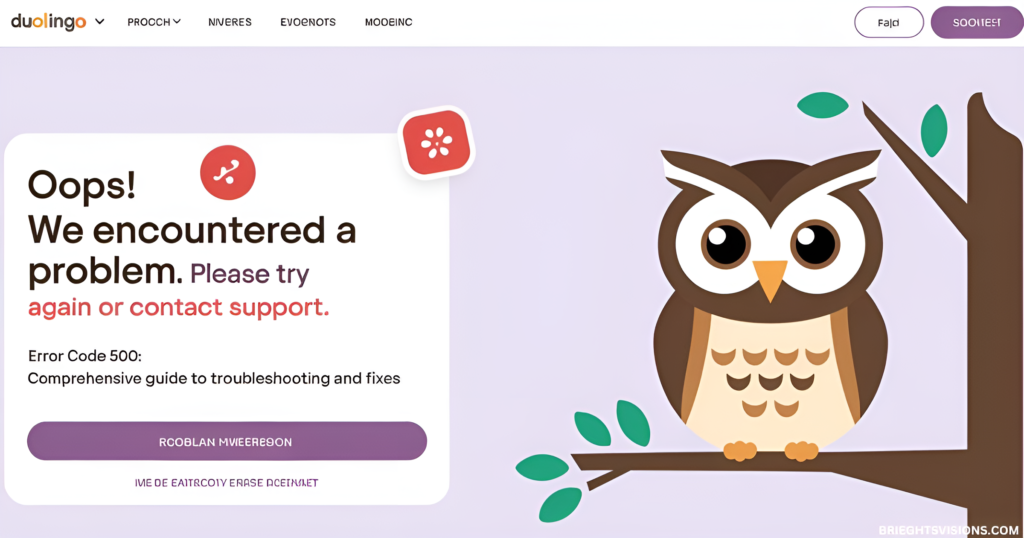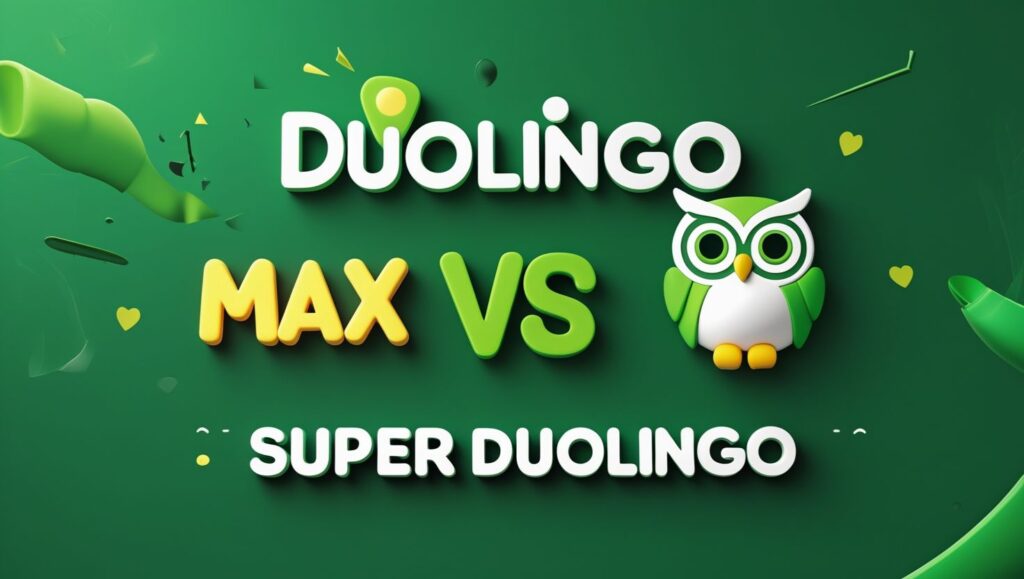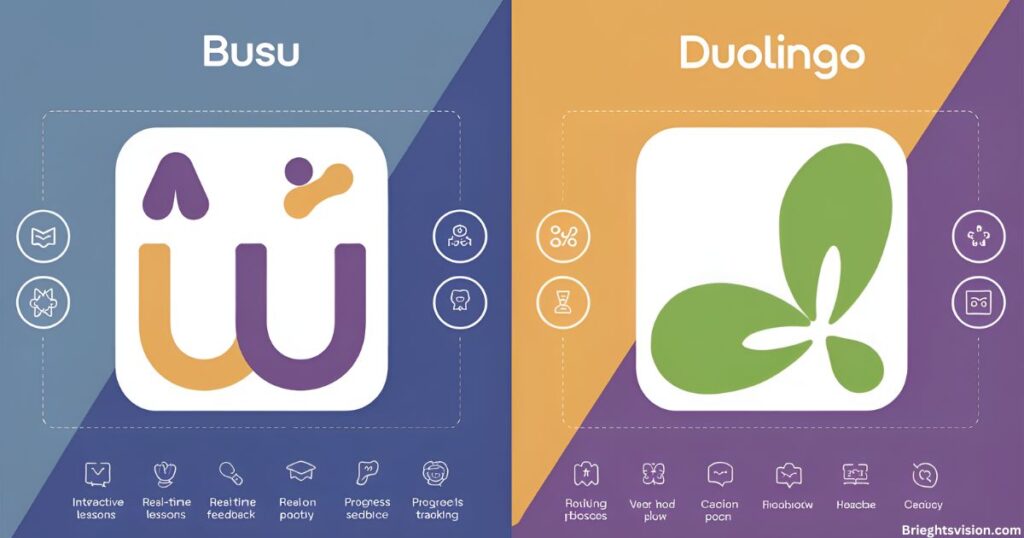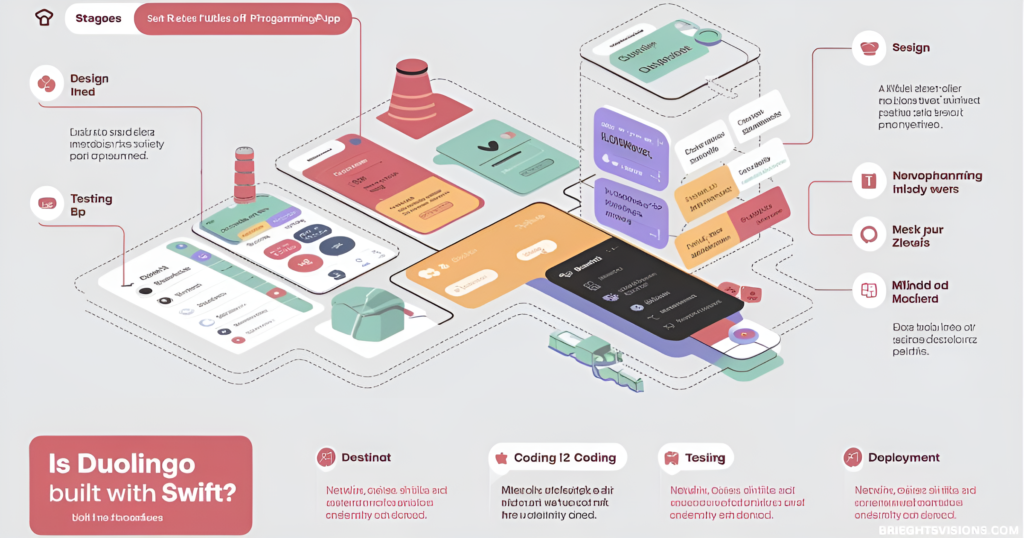Ready to master Japanese with Duolingo? You’re not alone. As more learners turn to language learning apps, Duolingo has become the go-to choice for Japanese beginners. But here’s the real question: can a free app actually help you conquer one of the world’s trickiest languages? Let’s dig into what makes learning Japanese with Duolingo tick.
The Smart Way Duolingo Teaches Japanese
Duolingo transforms Japanese study into something that feels more like playing a game than hitting the books. Instead of overwhelming you with complex grammar rules, the platform serves up bite-sized lessons that you can knock out in 5-10 minutes. Think of it as snacking on language rather than trying to devour a whole feast at once.
Each lesson mixes translation exercises with interactive challenges that gradually build your Japanese foundation. The genius lies in how it keeps you coming back – you’ll chase daily streaks, rack up points, and maybe even compete with friends. Before you know it, you’re learning Japanese while having fun.
Getting Started with Japanese Basics
When you first dive into learning Japanese with Duolingo, you’ll meet your new friends: hiragana and katakana. The app introduces these writing systems like a patient teacher, helping you master each character’s sound and shape. Later, you’ll encounter basic kanji, though don’t expect to become a kanji master through the app alone.
The secret sauce here is the spiral learning approach. Instead of dumping everything on you at once, Japanese with Duolingo circles back to concepts through clever spaced repetition. This science-backed method helps lock new knowledge into your long-term memory.
Where Duolingo Shines Brightest
The biggest win? It won’t cost you a dime to access core features. The platform excels at vocabulary building, using smart memory tricks and regular review sessions to make words stick. Plus, the pronunciation practice feature gives you instant feedback on your spoken Japanese.
The voice recording feedback system helps you nail proper pronunciation from day one. While it might sometimes be a bit forgiving (native speakers might raise an eyebrow at some accepted pronunciations), it’s still a fantastic tool for beginners finding their voice in Japanese.
Common Hurdles and Solutions
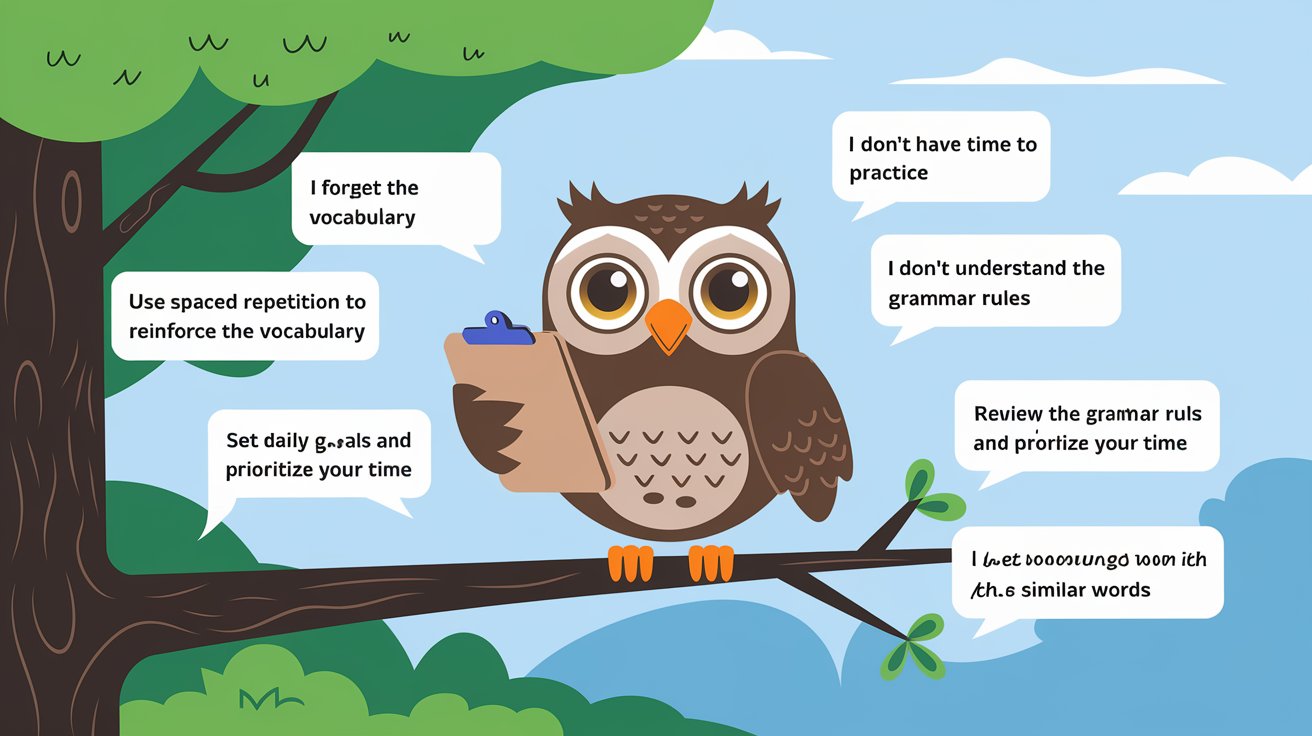
Learning Japanese with Duolingo isn’t without its challenges. The app’s approach to grammar instruction sometimes feels like trying to solve a puzzle without seeing the full picture. When tackling Japanese’s unique sentence structure, you might find yourself craving more detailed explanations.
The kanji instruction could use some beefing up too. While you’ll learn basic characters, you won’t get deep dives into stroke orders or the multiple ways to read each kanji. Most serious learners find themselves reaching for additional kanji study tools pretty quickly.
The Science Behind the Success
Why does learning Japanese with Duolingo work for so many people? The gamification aspect triggers dopamine releases that make learning feel rewarding. The app’s spaced repetition system follows solid cognitive science principles about how we learn best.
The approach to vocabulary acquisition isn’t random either. By combining visual, audio, and interactive elements, Japanese with Duolingo creates multiple memory pathways. However, you might need extra production practice to get comfortable actually using what you learn.
Comparing Your Options
Stack Japanese with Duolingo against apps like LingoDeer and Bunpro, and you’ll see trade-offs. While others might offer deeper Japanese instruction, Duolingo wins at keeping you engaged. Traditional tools like grammar books provide more thorough explanations but lack the instant feedback that makes Duolingo addictive.
Many successful learners pair Duolingo with flashcard apps like Anki. This combo approach leverages Duolingo’s engaging format while filling in the gaps with targeted review. It’s about finding your perfect study cocktail.
More Post: Ultimate Guide to Duolingo’s Leaderboard System: Master Your Language Learning Journey
More Post: The Ultimate Busuu vs Duolingo Comparison 2024: Your Path to Language Mastery
Making the Most of Your Study Time
Optimizing your study time with Japanese with Duolingo can make the difference between casual learning and real progress. Here’s a comprehensive study strategy breakdown that combines the app’s strengths with proven learning techniques. This table will help you structure your learning journey effectively and get the most out of every study session.
| Study Aspect | Strategy | Time Investment | Expected Outcome |
| Daily Practice | Focused mini-sessions with Duolingo | 15-20 minutes | Consistent vocabulary growth and pattern recognition |
| Grammar Study | Combine Duolingo lessons with textbook reference | 30 minutes, 3x weekly | Deeper understanding of sentence structures |
| Vocabulary Review | Create custom flashcard decks from learned content | 10 minutes daily | Better long-term retention |
| Discussion Forums | Participate in community discussions for clarity | 15 minutes weekly | Clear confusion and gain extra insights |
| Speaking Practice | Use voice recording features and shadow native content | 20 minutes, 2x weekly | Improved pronunciation and confidence |
| Review Sessions | Revisit completed lessons and practice weak points | 30 minutes weekly | Solidify foundational knowledge |
| Supplemental Learning | Engage with Japanese media and external resources | Flexible, 1-2 hours weekly | Real-world context and cultural understanding |
Real Talk: Results and Recommendations

For newcomers to Japanese, Duolingo offers an excellent starting point. Its strength lies in building fundamental vocabulary and basic patterns through gamified learning. Just remember – reaching higher levels means expanding your resource toolkit.
The key to success with Japanese with Duolingo is understanding its role in your larger learning journey. Use it for daily practice and vocabulary building, but complement it with structured grammar study, native materials, and real conversation practice.
Tips for Daily Success
When learning Japanese with Duolingo, developing the right routine makes all the difference. Start each day with a 10-minute pronunciation practice session, focusing on new sounds that don’t exist in English. Follow up with vocabulary building exercises during lunch breaks, and save grammar study for when your mind is sharpest.
Smart learners create a “Japanese environment” around themselves. Change your phone’s language settings to Japanese, follow Japanese social media accounts, and listen to Japanese podcasts during commutes. This immersion complements your Japanese with Duolingo practice perfectly.
The Social Advantage
One often-overlooked feature of learning Japanese with Duolingo is its social aspect. The leaderboards and clubs create healthy competition, pushing you to maintain those daily streaks. Plus, connecting with other learners through the platform’s discussion forums provides valuable support and motivation.
Consider joining local Japanese language exchange groups to practice what you’ve learned through Duolingo. Many successful learners find that combining gamified learning with real-world interaction accelerates their progress dramatically.
Cultural Integration
While mastering Japanese with Duolingo, don’t forget about cultural context. The app teaches you how to say things, but understanding when to say them comes from cultural knowledge. Supplement your learning with Japanese movies, drama series, and online cultural resources.
Japanese business etiquette, social hierarchies, and communication styles play crucial roles in proper language use. These cultural elements aren’t fully covered in the app but are essential for real-world communication.
Advanced Progression Strategies
As you advance in Japanese with Duolingo, create custom study paths. Use the practice feature to target specific weaknesses, and don’t be afraid to jump ahead when you’re ready. Many successful learners maintain parallel tracks – one for new content and another for reviewing basics.
Track your progress beyond the app’s built-in metrics. Keep a journal of new phrases you’ve learned, note common mistakes, and celebrate small victories. This personal tracking system helps identify areas needing extra attention.
Preparation for Real-World Use
To make the most of Japanese with Duolingo, regularly test your skills in real situations. Try writing short journal entries in Japanese, recording yourself speaking, or participating in online Japanese forums. These activities help bridge the gap between app-based learning and practical use.
Consider setting concrete goals like ordering food in Japanese at a local restaurant or having a basic conversation with a native speaker. These real-world challenges make your language learning journey more meaningful and motivating.
Looking to the Future

The journey of learning Japanese with Duolingo continues to evolve. As the platform updates its features and content, stay flexible in your approach. New tools for kanji instruction and improved voice recording feedback systems suggest exciting developments ahead.
Remember that language learning is a lifelong journey. Whether you’re aiming for basic travel Japanese or full fluency, Japanese with Duolingo provides a solid foundation. With dedication, smart supplementation, and consistent practice, you’re well on your way to achieving your Japanese language goals.
Stay patient, stay motivated, and most importantly, enjoy the process of discovering this fascinating language through the engaging world of Duolingo. Your Japanese adventure is just beginning, and with the right approach, there’s no limit to what you can achieve.
Frequently Asked Question
Can you become fluent in Japanese through Duolingo?
Duolingo provides basic Japanese foundations, but full fluency requires additional resources like conversation practice and cultural immersion.
How long does it take to complete Duolingo Japanese?
With consistent daily practice of 30 minutes, most users complete the Japanese course in 6-8 months.
Is it okay to learn Japanese on Duolingo?
Yes, Duolingo effectively teaches basic Japanese characters, grammar, and vocabulary, making it suitable for beginners.
Does Duolingo work for Japanese in 2024?
Yes, Duolingo’s Japanese course offers improved features, including kanji practice, pronunciation exercises, and cultural lessons.
Which is better for Japanese: Duolingo vs Rosetta Stone?
Duolingo offers free, gamified learning while Rosetta Stone provides deeper immersion. Both work well for different learning styles.
Can I learn Japanese kanji through Duolingo?
Yes, Duolingo teaches basic kanji progressively, but serious learners should supplement with dedicated kanji study resources.
How accurate is Duolingo’s Japanese pronunciation?
Duolingo uses native speakers for audio and provides good pronunciation basics, but speaking practice with natives is recommended.
What level of Japanese can you reach with Duolingo?
Most users reach JLPT N5 to N4 level after completing Duolingo’s Japanese course with consistent practice.
Is Duolingo Japanese good for anime fans?
Duolingo teaches basic Japanese useful for understanding anime, but specialized vocabulary requires additional study resources.
How many Japanese words can you learn on Duolingo?
Duolingo’s Japanese course teaches approximately 2,000 common words and phrases through its comprehensive lesson structure.
Conclusion
Your success with Japanese with Duolingo largely depends on how you use it. As a free tool for building basic Japanese skills, it’s tough to beat. The mix of spaced repetition, gamification, and regular practice creates a solid foundation for language learning.
Remember that mastering Japanese is a marathon, not a sprint. Duolingo’s greatest gift might be making daily practice something you actually look forward to. With realistic expectations and smart supplementation, you can make serious progress while enjoying every step of your Japanese learning adventure.
The key isn’t just using Japanese with Duolingo – it’s using it wisely. Build your daily practice habit, supplement with targeted resources, and stay patient with your progress. Before you know it, you’ll be reading manga, watching anime without subtitles, and maybe even planning that trip to Japan you’ve always dreamed about.
Visit For More Blog’s: brieghtsvision.com

Welcome to Brieghtsvision.Com!
Your one-stop place for tips and guides to get the most out of Duolingo. Make learning a new language easier with helpful content for learners of all levels.
